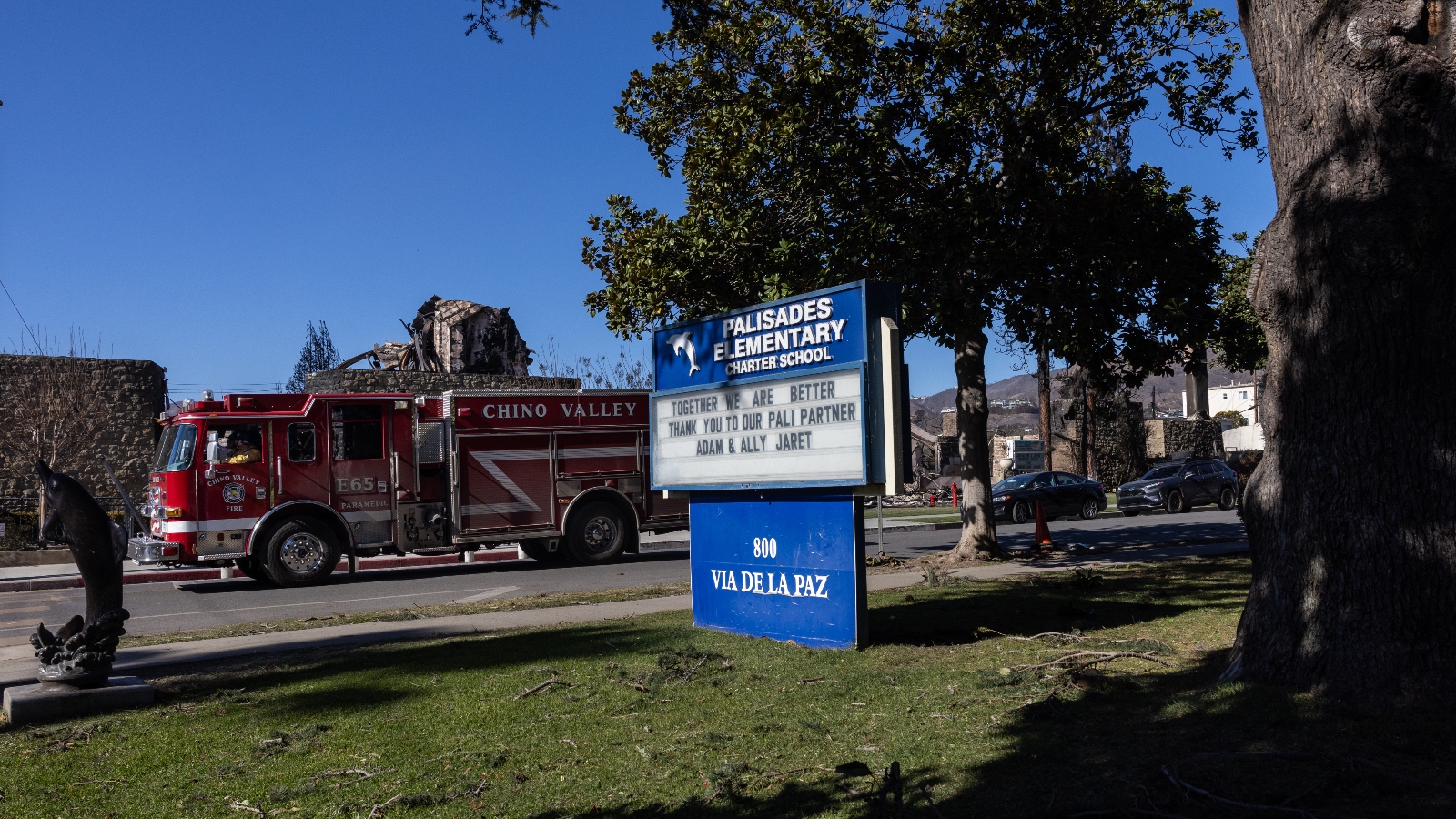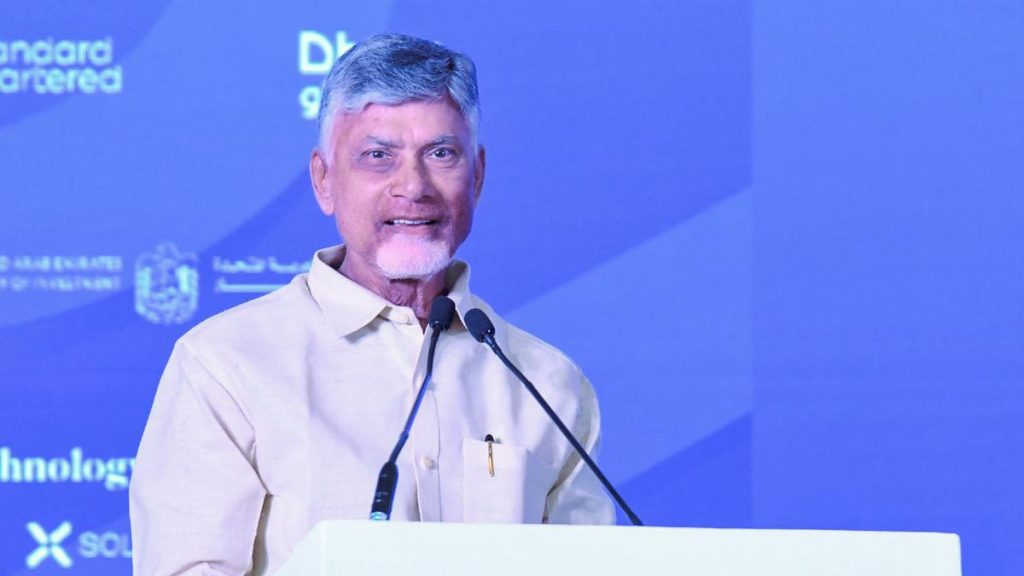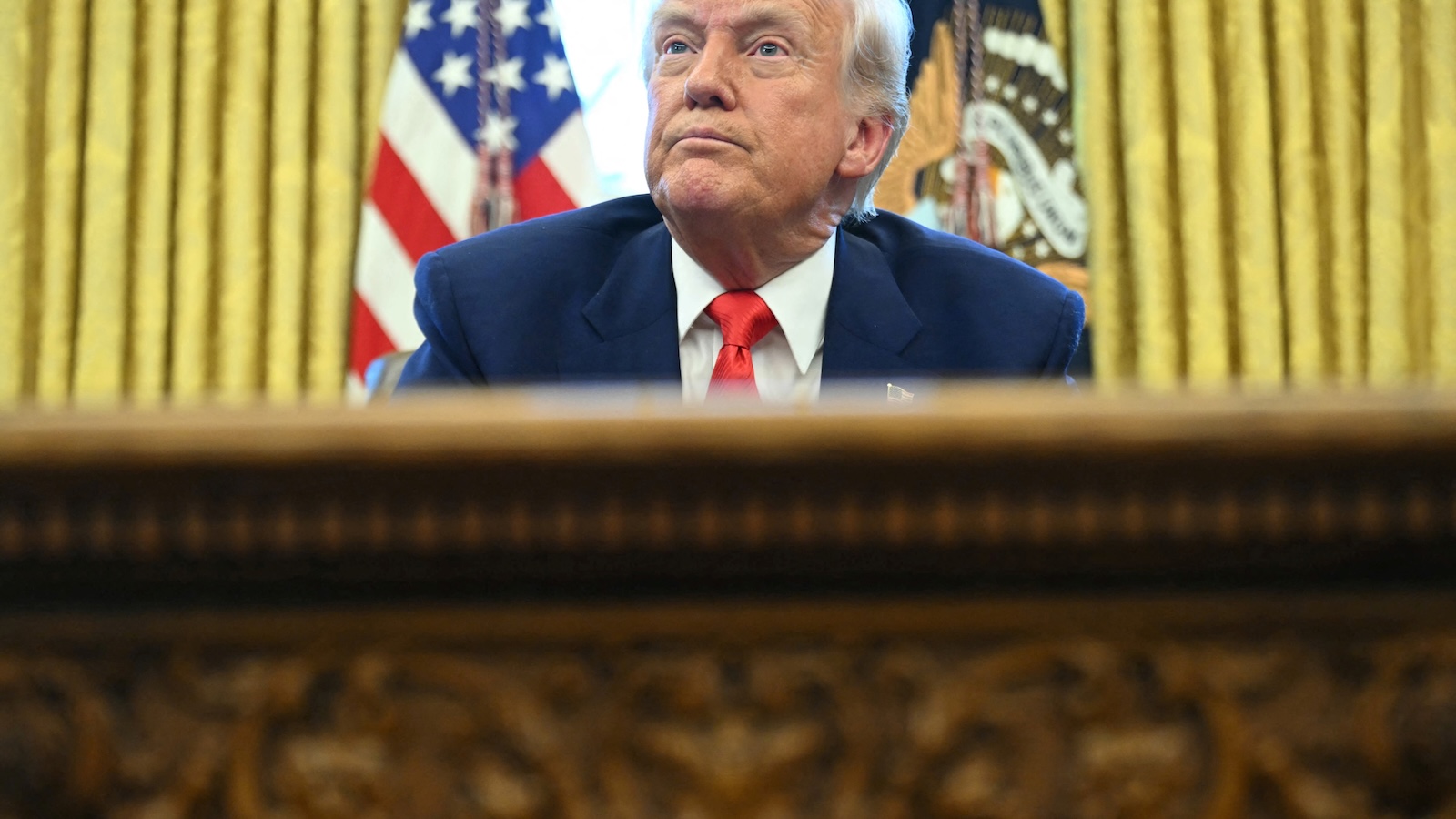Now Reading: Beverly Hills Bars Students from Fire-Damaged School After Wildfires
-
01
Beverly Hills Bars Students from Fire-Damaged School After Wildfires
Beverly Hills Bars Students from Fire-Damaged School After Wildfires

Quick Summary
- Recent wildfires in Los Angeles County, including the Palisades and Eaton Fires, caused important school infrastructure damage and displaced over 725,000 students.
- California Governor Gavin Newsom issued an executive order allowing displaced students to enroll in schools outside their district boundaries for the remainder of the school year.
- beverly Hills Unified School District initially accepted 47 displaced students but later stopped enrollment, citing budget concerns and resource limitations.
- Parents criticized Beverly Hills’ decision, noting its impact on already traumatized students seeking stability after losing their schools.
- Arguments centered on whether onyl children who lost homes should be considered eligible under Newsom’s order; officials disagreed on this interpretation.
- Alternative districts like Santa Monica-Malibu Unified enrolled more than 140 displaced students despite similar funding restrictions for “basic aid” districts like Beverly Hills.
- As of now, most Palisades Charter High school students remain in Zoom classes; plans are underway to open a temporary physical campus after spring break.
Image Highlights:
- A photo of a building damaged by fire with a poster displaying a young girl still intact (Gina Ferazzi / Los Angeles Times).
- A lone tricycle standing amidst debris following the fires (Jason Armond / Los Angeles Times).
Indian Opinion Analysis
The refusal of Beverly Hills Unified School district to accommodate more wildfire-displaced students underscores complex challenges associated with disaster recovery-resource strain versus ethical obligations during crises. While financial justifications from “basic aid” districts are legitimate given their fixed budget models based on projected student counts, critics argue these decisions fail to consider broader community impacts during emergencies.
Santa Monica-Malibu’s proactive approach highlights that adaptability is absolutely possible even under similar constraints-a model other affluent districts could consider replicating when balancing priorities between existing and incoming student populations during disasters.
This episode also raises systemic questions about preparedness across Californian schools where climate-driven disasters are becoming increasingly frequent: Should emergency compensations or flexible policies be preemptively embedded into state-level education frameworks? Policymakers may need to design clear protocols ensuring equitable access across district lines along with funding mechanisms adaptable for such catastrophic events nationwide.

























